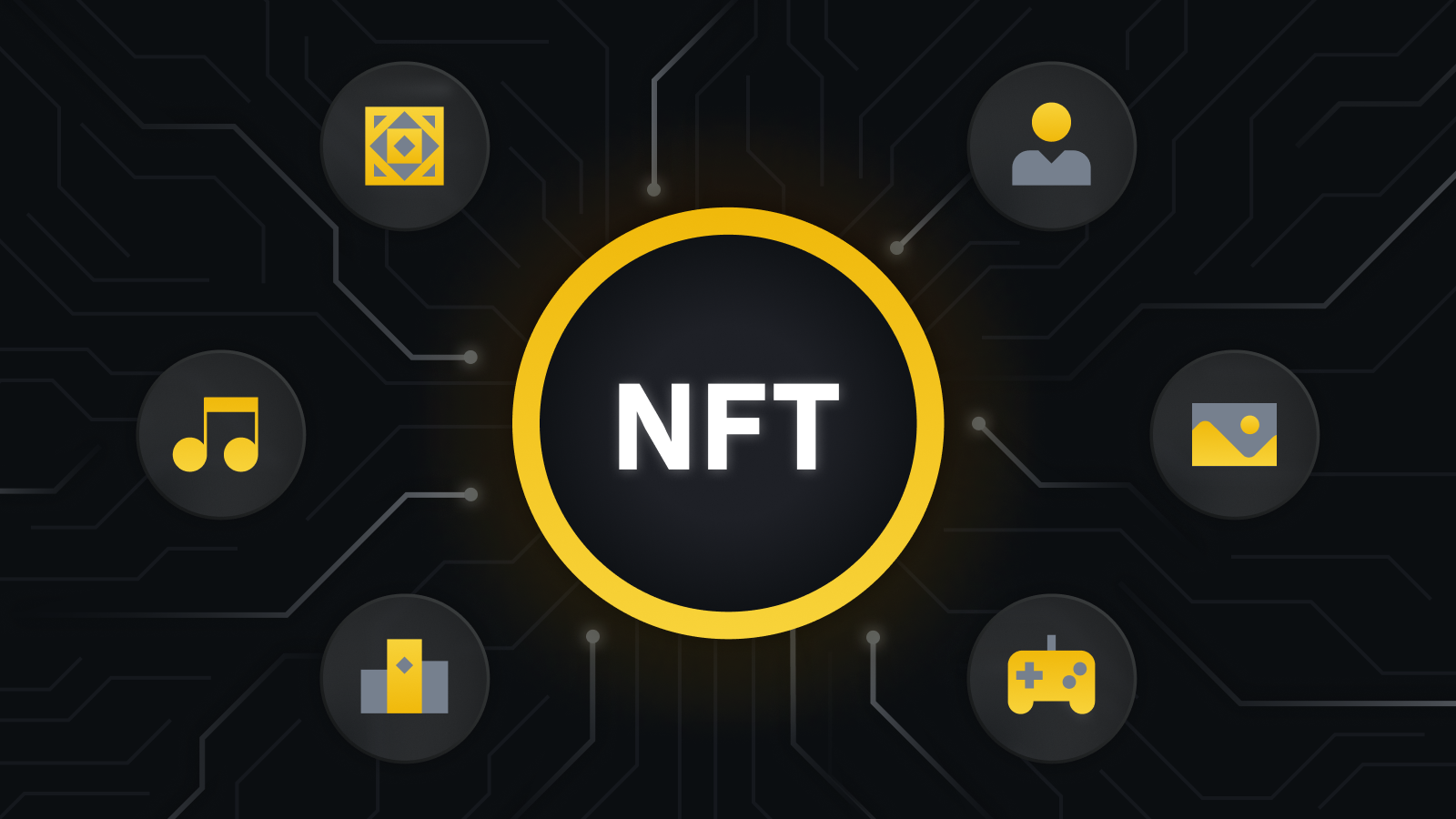The development of digital finance has opened the door to new earning opportunities, but at the same time, it has led to an increase in fraud. Particularly common are schemes that masquerade as investment platforms, but in reality, are classic Ponzi schemes. This article examines the signs by which a cryptocurrency pyramid can be recognized and ways to avoid participating in scam projects.
What is a Ponzi scheme and how does it work in cryptocurrency
A Ponzi scheme is a model where profits for old participants are paid out from the investments of new ones. Sooner or later, the flow of new investors dries up, and the system collapses. Such schemes have existed for a long time, but in the cryptocurrency environment, they have acquired a new form and scope.
The peculiarity of cryptocurrency Ponzi schemes is that they often hide behind innovative technologies and loud promises: passive income, smart contracts, automatic trading. However, the structure remains the same in essence—there is no real source of profit, and payouts depend only on the inflow of new funds.

Sometimes fraudsters create tokens with no value, promising participants price growth. As soon as the rate reaches its peak, the organizers withdraw assets and disappear, leaving the rest without their investments.
Signs by which a cryptocurrency pyramid can be recognized
Scam projects in the crypto world often try to look like real startups, but if you take a closer look, they are easy to recognize. One of the first things that should alert you is promises of high and guaranteed returns. There is nothing stable in cryptocurrencies, and if someone says that profit will always be there and without risks, it is most likely a classic Ponzi scheme. Another red flag is when there is no real product or technology behind the project. If there are many beautiful words, but it is not clear what they are actually doing, there is a reason to think.
It is also important to pay attention to the team. If there is no information about the developers or everyone is hiding behind pseudonyms, this is a serious reason to doubt the honesty of the project. Real startups usually openly present their team. And if the project actively promotes a referral system, and the main focus is on attracting new participants rather than developing the product, this is another sign of a pyramid scheme.

Of course, you should also be wary if the project has no audit or licenses. Reliable teams always try to undergo independent verification to build trust. Even if the project has a beautiful website, white paper, and social media activity, it is not yet a guarantee of its honesty. It is better to check everything carefully before investing so as not to fall for the tricks of fraudsters.
How investor deception is disguised as legal projects
Many Ponzi schemes in cryptocurrency use advanced marketing. They invest in professional design, publish pseudo-scientific documents, and actively collaborate with bloggers and opinion leaders. Often educational courses, webinars, and internal "exchanges" are created where you can supposedly observe growing income. This creates a sense of reliability and hides the true essence.
In addition, projects may use complex technical terms: DeFi, Web3, NFT, AI algorithms. All this serves not for explanation, but for confusion. Lack of clarity and transparency is one of the tricks. This is what allows investor deception to operate under the guise of an innovative startup.

Such schemes often feature "success stories"—tales of those who supposedly made quick profits. This encourages new participants to invest, but as soon as the pyramid loses the influx of newcomers, payouts stop, and the organizers disappear.
How to protect yourself from participating in scam projects
The risk of participating in a cryptocurrency pyramid can be significantly reduced by following basic rules of information and investment hygiene. Below are the main recommendations:
- check the team—open profiles, experience, participation in other projects;
- study the documents—white paper, roadmap, tokenomics;
- check the audit—the presence of a report from an independent company;
- do not believe in income guarantees—stable profit is a sign of a scam;
- evaluate the community—activity, updates, dialogue with participants.
On specialized forums and information aggregators, you can find reviews and analysis of the project from independent experts. Early identification of scam signs helps not only avoid losses but also warn other market participants.

Why such schemes continue to work
Despite widespread access to information, Ponzi schemes in cryptocurrency continue to appear. The reason is a combination of a lack of financial literacy, a desire for quick profit, and weak regulation. Blockchain allows for launching platforms almost without control, and the global nature of cryptocurrency complicates law enforcement.
Platforms can register in offshore zones, operate anonymously, and close at any moment. Even if a project is exposed, the creators can re-enter the market under a different name. Moreover, participants in such projects often do not realize that they themselves are becoming part of investor deception, continuing to promote the project among acquaintances and on social networks.


